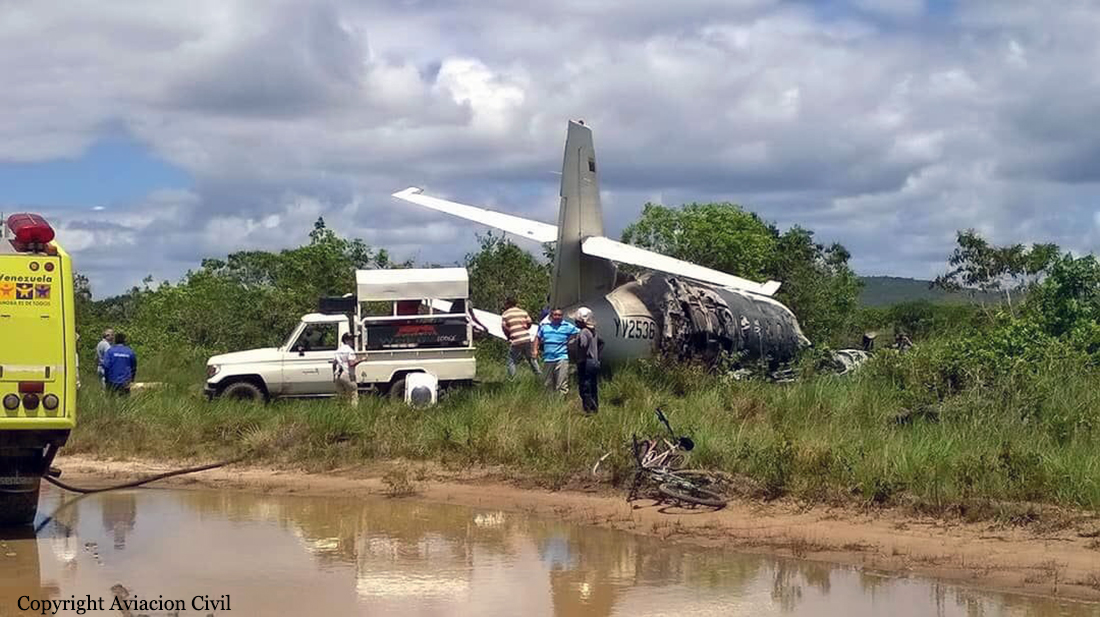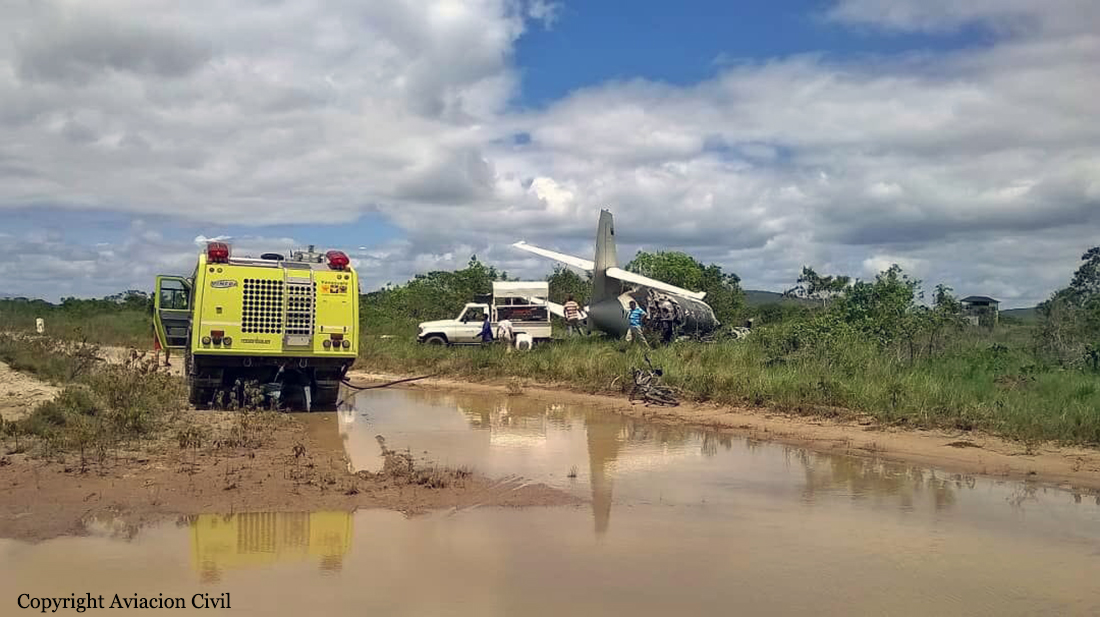Country
Crash of a BAe 3212 Jetstream 31 off Roatán: 12 killed
Date & Time:
Mar 17, 2025 at 1818 LT
Registration:
HR-AYW
Survivors:
Yes
Schedule:
Roatán – La Ceiba
MSN:
863
YOM:
1990
Flight number:
LNH018
Crew on board:
3
Crew fatalities:
Pax on board:
14
Pax fatalities:
Other fatalities:
Total fatalities:
12
Circumstances:
The twin engine airplane took off from Roatán-Juan Manuel Gálvez Airport Runway 07 shortly after sunset. While in initial climb, it entered an uncontrolled descent and crashed into the sea about one km offshore. Twelve occupants were killed and five others were rescued. It is believed that the crew encountered mechanical problems after takeoff.
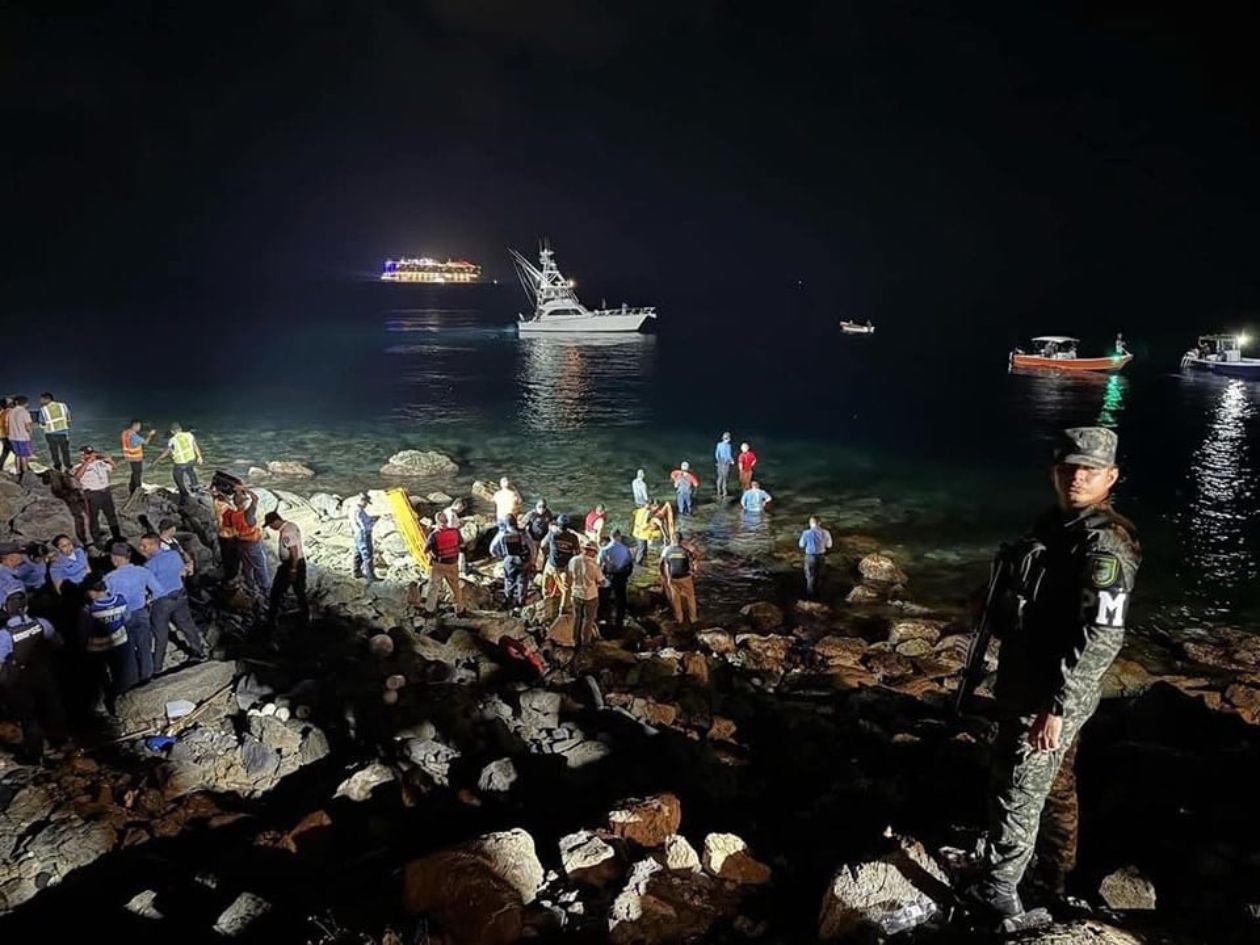
Crash of a BAe 3201 Jetstream 32EP in Güeppí
Date & Time:
Mar 4, 2025 at 0954 LT
Registration:
OB-2178
Survivors:
Yes
Schedule:
Iquitos - Güeppí
MSN:
861
YOM:
1989
Crew on board:
2
Crew fatalities:
Pax on board:
11
Pax fatalities:
Other fatalities:
Total fatalities:
0
Circumstances:
After landing on runway 05 at Güeppí Airport, the twin engine airplane was unable to stop within the remaining distance. It overran, rolled for about 50 metres then collided with trees and ended up in a dense wooded area. All 13 occupants evacuated safely, some with minor injuries. The aircraft was destroyed.

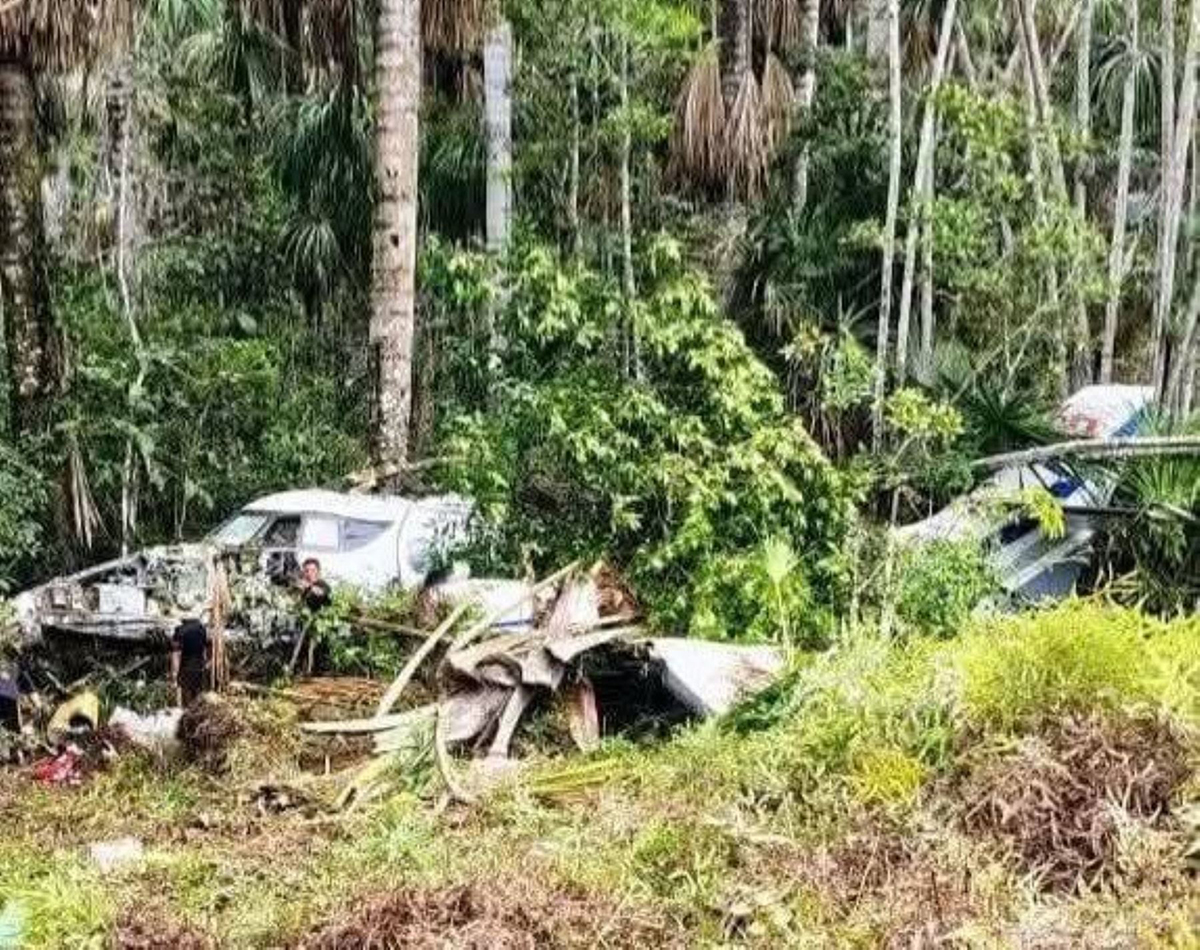
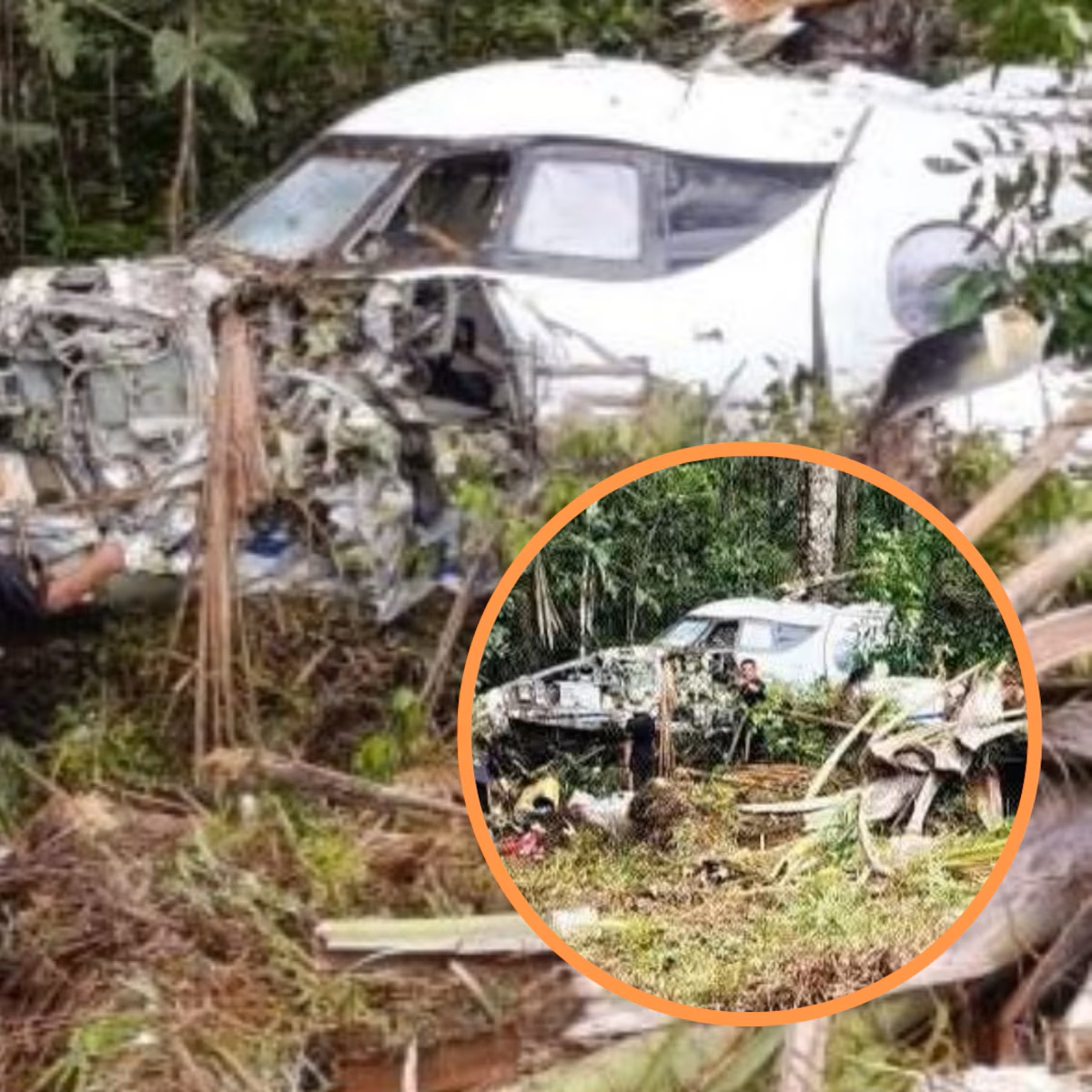
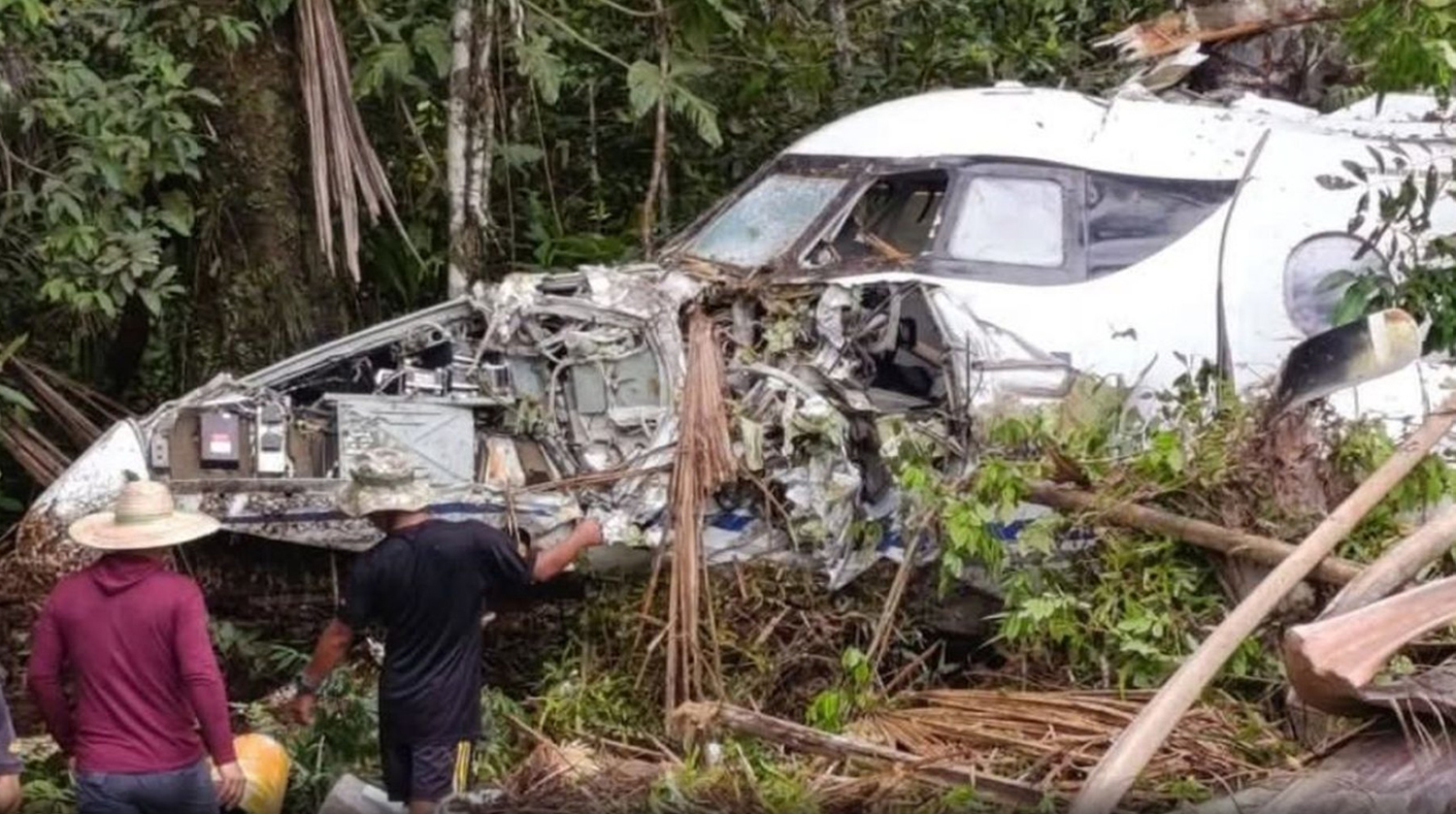
Crash of a BAe 3212 Jetstream 32 in Fort Smith: 6 killed
Date & Time:
Jan 23, 2024 at 0642 LT
Registration:
C-FNAA
Survivors:
Yes
Schedule:
Fort Smith – Diavik
MSN:
929
YOM:
1991
Crew on board:
2
Crew fatalities:
Pax on board:
5
Pax fatalities:
Other fatalities:
Total fatalities:
6
Circumstances:
Shortly after takeoff from Fort Smith Airport Runway 30, while in initial climb, the twin engine airplane lost height and crashed in a wooded and snow covered area, bursting into flames. A passenger was seriously injured while six other occupants were killed. The airplane was on an on-demand charter flight to the Diavik Diamond Mine located about 500 km north of Fort Smith.
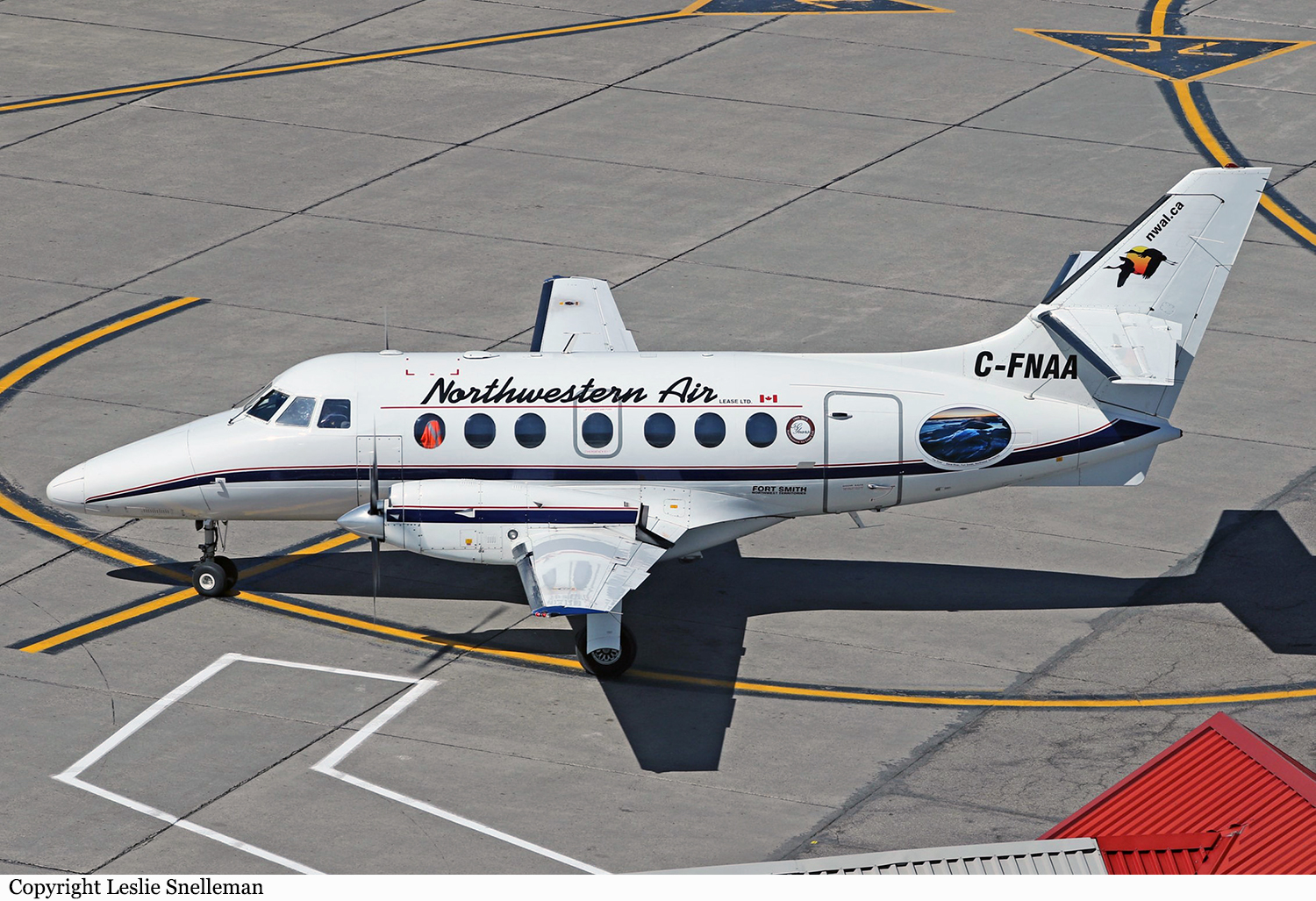
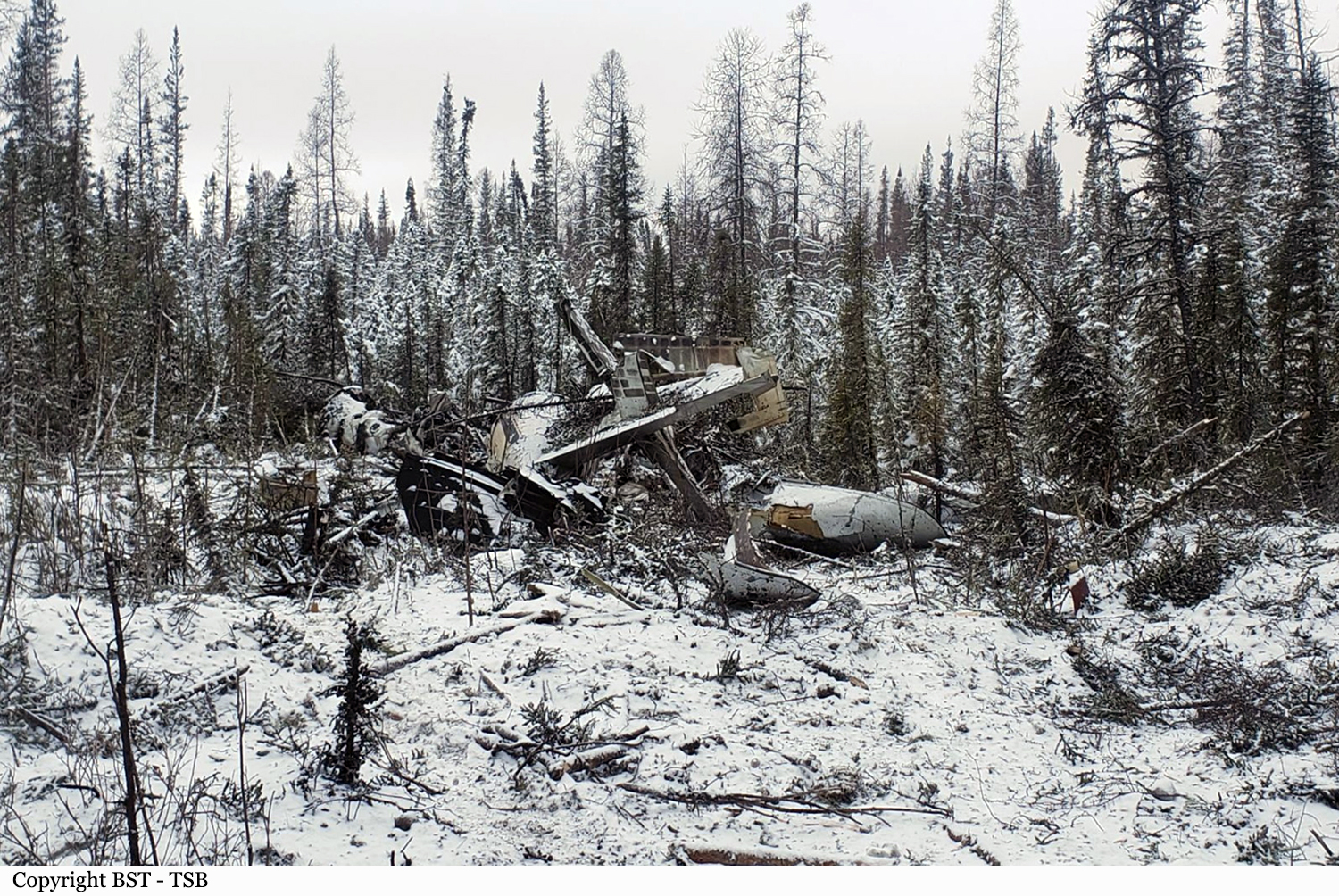
Crash of a BAe 3201EP Jetstream 32 in El Estrecho: 1 killed
Date & Time:
Sep 20, 2022 at 0853 LT
Registration:
OB-2152
Survivors:
Yes
Schedule:
El Estrecho – Iquitos
MSN:
941
YOM:
1991
Crew on board:
2
Crew fatalities:
Pax on board:
15
Pax fatalities:
Other fatalities:
Total fatalities:
1
Captain / Total hours on type:
454.00
Copilot / Total hours on type:
628
Aircraft flight hours:
26267
Aircraft flight cycles:
34966
Circumstances:
During the takeoff run from runway 31 at El Estrecho Airport, when the aircraft reached a speed of 80 knots, the captain handed over control to the first officer to complete the takeoff maneuver. However, after traveling approximately 1,000 metres down the runway without being able to lift off, the First Officer decided, without communicating this to the Captain, to abort the takeoff, for which he reduced power by braking the aircraft. Upon feeling the reduction in power, the Captain took the controls, applied reverse thrust to the engines, and simultaneously applied the brakes. The aircraft overshot the end of the runway by approximately 50 metres, causing a Runway Excursion, colliding with and coming to an abrupt stop on a mound of earth and vegetation in the runway extension, leaving the aircraft partially destroyed and causing the death of one of the passengers, as well as injuries to the rest of the occupants.
Probable cause:
Loss of directional control of the aircraft and a subsequent Runway Excursion, resulting from a combination of errors in takeoff planning and execution, incorrect configuration of the RPM throttles levers, failure to comply with standard procedures and poor cockpit resource management (CRM).
The following contributing factors were identified:
- The inappropriate decision to abort takeoff at a speed higher than that described in the performance tables significantly increased the required braking distance.
- Ineffective communication between flight crew members, especially during the critical takeoff phase, creating confusion and incorrect decision-making.
- The ASDA (Accelerate-Stop Distance Available) and takeoff speed calculations used by the crew were significantly higher, increasing the distance and speed required for a safe takeoff.
The following contributing factors were identified:
- The inappropriate decision to abort takeoff at a speed higher than that described in the performance tables significantly increased the required braking distance.
- Ineffective communication between flight crew members, especially during the critical takeoff phase, creating confusion and incorrect decision-making.
- The ASDA (Accelerate-Stop Distance Available) and takeoff speed calculations used by the crew were significantly higher, increasing the distance and speed required for a safe takeoff.
Final Report:

Crash of a BAe 3212 Jetstream 31 in Canaima
Date & Time:
Jun 27, 2019 at 1130 LT
Registration:
YV2536
Survivors:
Yes
Schedule:
Puerto Ordaz - Canaima
MSN:
9966
YOM:
1992
Crew on board:
0
Crew fatalities:
Pax on board:
0
Pax fatalities:
Other fatalities:
Total fatalities:
0
Circumstances:
After touchdown on runway 18/36 at Canaima Airport, the twin engine airplane went out of control, veered off runway and came to rest in the bush, bursting into flames. All occupants evacuated safely while the aircraft was partially destroyed by fire. It was reported that a tire burst upon landing.
